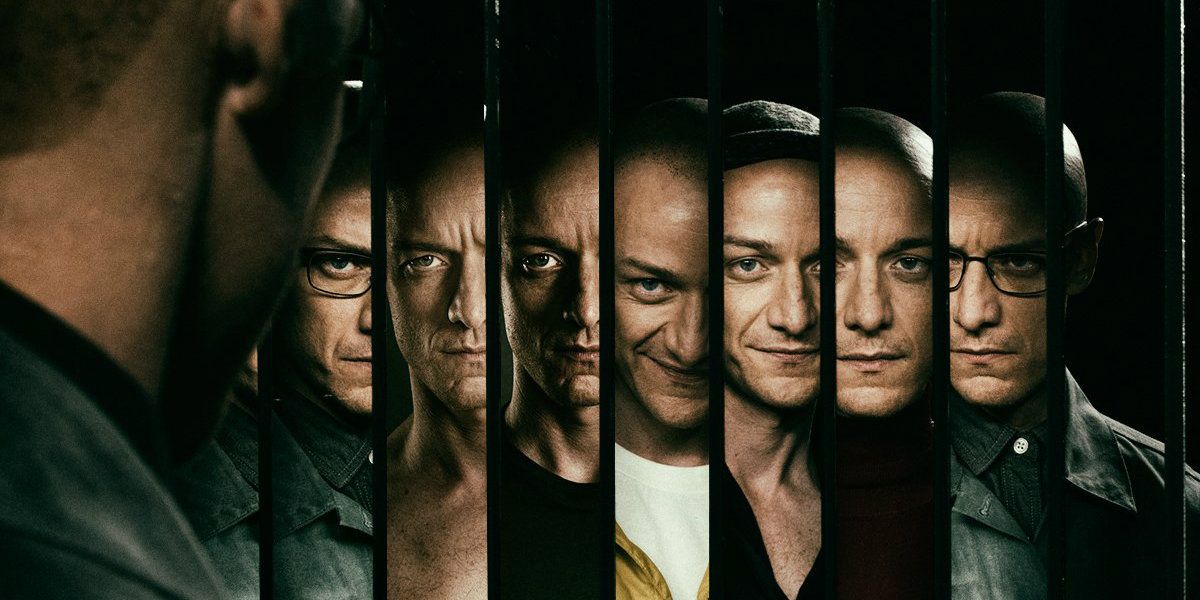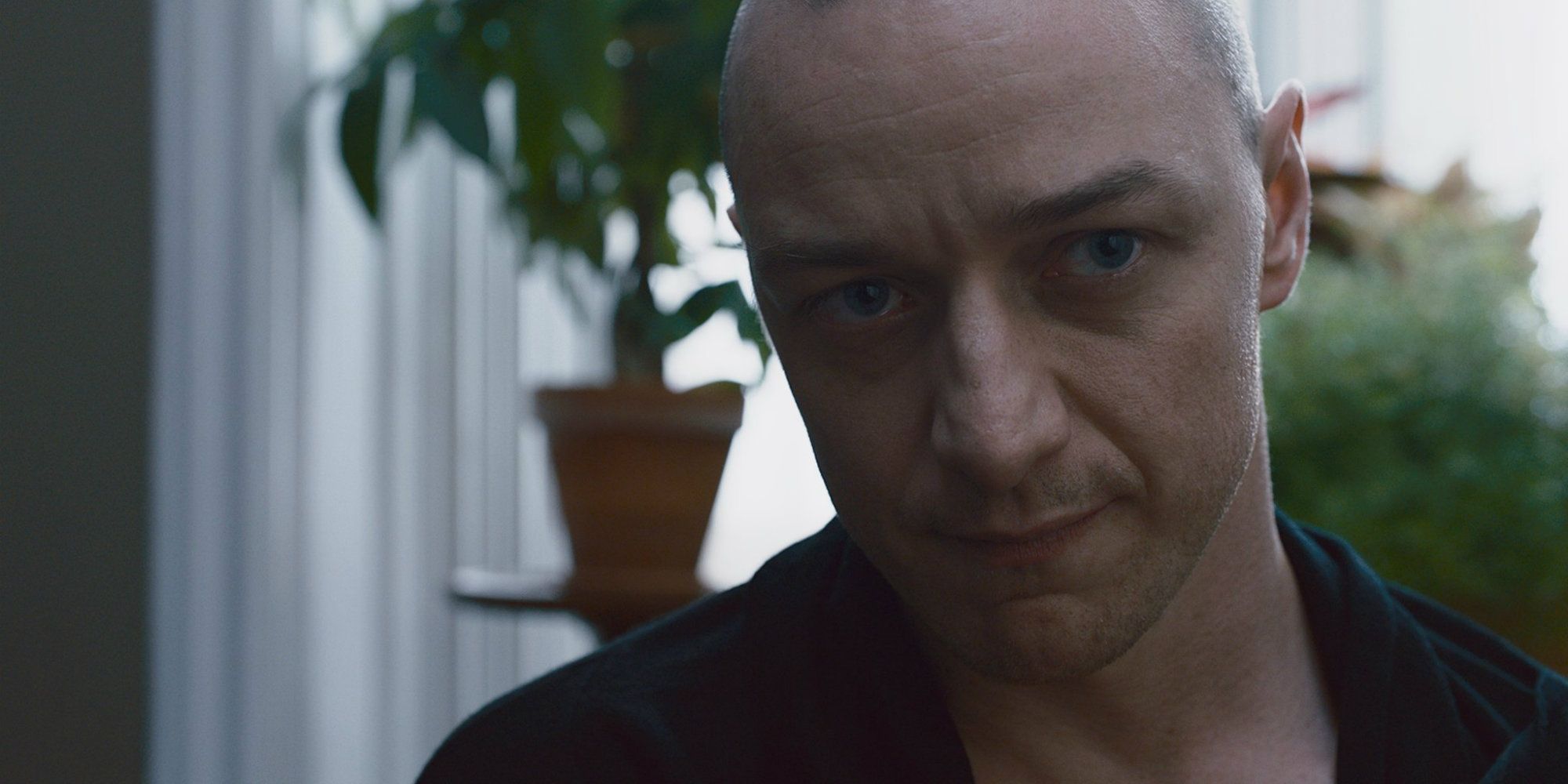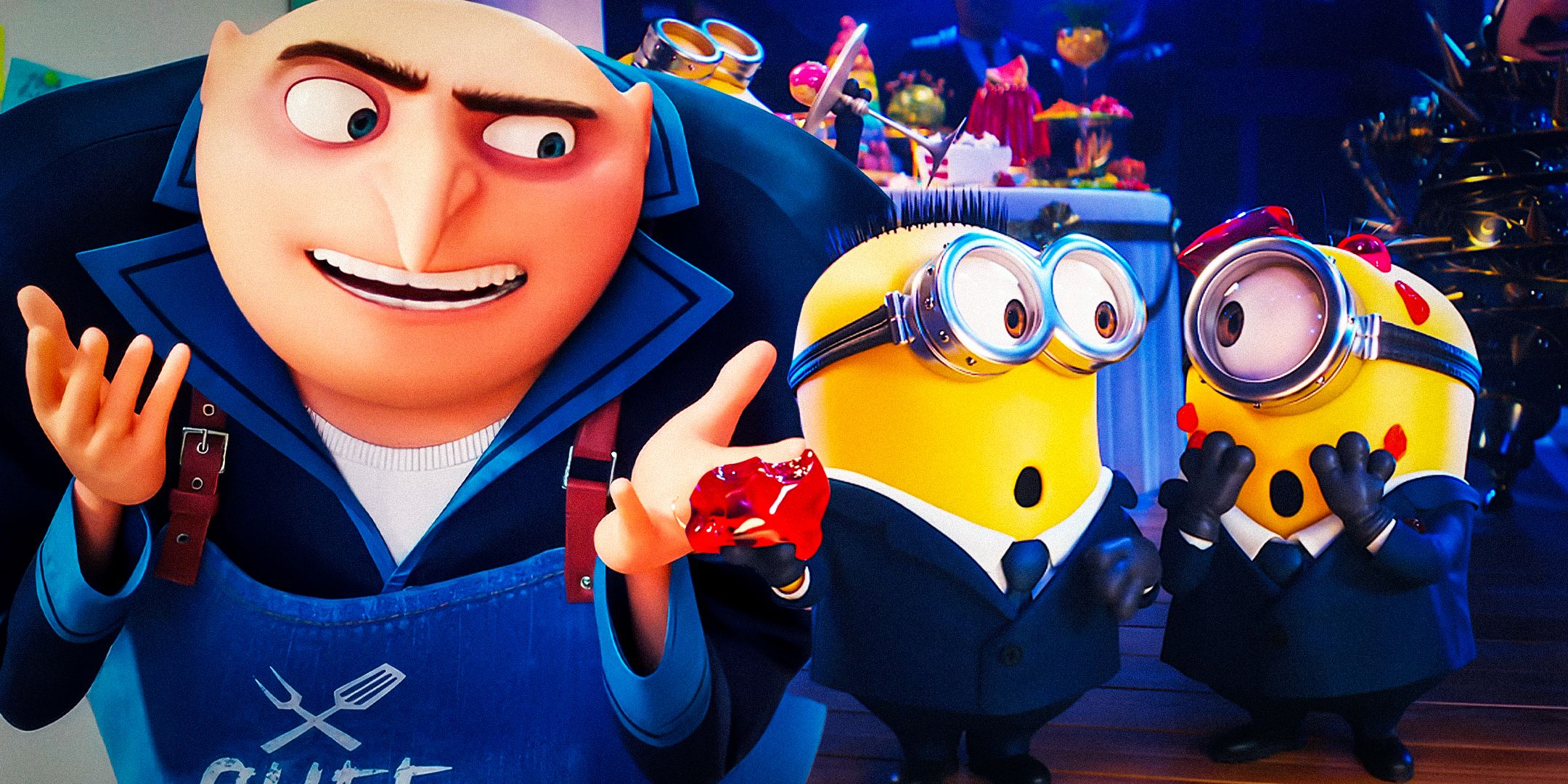
[WARNING: This article contains SPOILERS for Split]
–
Despite raising some concerns with its apparent focus when its first trailer debuted featuring a villain with a very real condition, M. Night Shyamalan’s Split has done well in its opening weekend. Not only did it grab the #1 spot at the box office, but it’s receiving praise as another step back to success for Shyamalan following similar praise for The Visit. Even more shocking, it’s managed to generate positive buzz with its mandatory Shyamalan twist at the end of the film.
The suspense story is centered on James McAvoy’s performance as a man with dissociative identity disorder (DID); according to the film, he has 23 distinct “split” personalities in his mind. Some elements of the film and its depiction of McAvoy’s character Kevin are obviously fictitious – but how accurate is the film’s depiction of DID as a whole?
What Is DID?
Before we get into analyzing the film’s depiction of DID, let’s look at the actual disorder. While there is some ongoing discussion in the medical community regarding exactly what the symptoms of DID (formerly known as multiple personality disorder) is or how it should be diagnosed, the general idea of the condition is that the mind creates separate personality patterns with their own memories and mindsets. The personalities are typically compartmentalized, segregating them and their experiences from each other. In most cases, individuals with DID will experience lost memories when personalities shift as a result of this compartmentalization. Newer personalities often have no memories of childhood, while the core personality may have gaps of hours, days or longer while other personalities were dominant.
There are several potential causes for these compartmentalized personalities. In many cases it’s a result of trauma or abuse, and some theories believe that sleep disorders may play a part as well. In some instances, improper therapeutic practices are believed to play a part in the development of DID. Most cases of DID begin in childhood or as a result of childhood stress or trauma, though some therapeutic models also suggest that the right stressors or trauma can result in the onset of DID as an adult as well.
23 Personalities

Some might feel that this is one of the first missteps in the film, with Kevin having 23 distinct personalities. For years, it was assumed that the average individual with DID had two or three personalities that presented as distinct individuals and the majority of patients with DID identify fewer than 10. That doesn’t rule out a number as high as 23, however; the highest number ever recorded in the medical community is around 4500, and the average number identified by medical professionals in the last few decades lies around 16. Kevin’s case is identified in the film as being severe, so 23 (or 24, after the emergence of his new personality) is a fairly believable number.
From Patricia to Hedwig
Though we don’t get to meet every single one of Kevin’s personalities, the ones we do see are greatly varied. There’s the dead-serious and dangerous Dennis, the prim and proper Patricia, the goofy little boy Hedwig, the dominant personality of Barry (though how much we know about Barry is open for debate) and the emerging monster of “The Beast.” Then, of course, there’s Kevin himself buried somewhere in there alongside 18 other personalities. How realistic is the variety of his personalities?
Honestly, pretty realistic. While a typical case would see Kevin being the primary personality instead of Barry, there wasn’t much unusual about the types of personalities that Kevin demonstrated. Many people with DID develop different types of personalities, with some being used as an escape (like Hedwig) and others as more defensive (Dennis) or protective (Patricia). If one had to guess, we could even assume that Barry took over as the primary identity in an effort to help Kevin get the help he needs.
Barry’s role in the film was largely seen through emails that he sent to Dr. Fletcher, so Barry may have taken over when Kevin was unable to exert the control needed to get into therapy. Primary personalities often suffer from depression and are passive compared to other personalities, so Kevin may simply have become overwhelmed and handed over control.
Enter the Beast

Obviously, The Beast is where Split veers into pure fiction with DID. As the personality emerges, Kevin takes on animalistic traits and gains abilities that wouldn’t be physically possible if there wasn’t some artistic license involved. If we ignore the “super” aspects of the transformation, though, there actually is a grain of reality hidden within The Beast.
Typically, the identities created by individuals with DID are just ordinary people. They can be men, women, children, young or old… but they’re usually just regular folks – but not always. Some individuals with DID create personalities that are animal, not human, or even going as far as ‘becoming’ mythological beings. There have also been some cases reported where an individual will create a personality that is based on a celebrity or other public figure, structured around the popular perception of the celebrity; a personality based on Andy Griffith, for example, might talk and act like he did in The Andy Griffith Show or Matlock instead of the actual Andy Griffith.
So while he wouldn’t have the powers that The Beast had in the movie, a real-life Kevin could very well have a personality that thought of itself as a sentient savage beast.
Changes in Biology
One big point that comes into play with “The Beast” (and also in Dr. Fletcher’s analysis of Kevin) is the idea that the body can undergo physiological changes when one personality shifts to another. Looking at it scientifically, it could be argued that this is a result of the brain altering hormone levels in the body to create the effects. A personality that is supposed to be stronger than others might cause adrenaline production to increase, while a personality of a different gender might increase the production of testosterone or estrogen. Of course, just because we can craft a rationalization that sounds feasible, for it doesn’t mean that it actually happens in those with DID.
While there may be some slight changes in body chemistry that occur when different personalities are active, any that occurred would likely be the result of changes in diet or sleep patterns instead of simply having different personalities in control. While that sort of thing makes for good fiction, the only changes in the body that are likely to happen when personalities switch are things like shifts in posture or other purely cosmetic aspects that are already within our control.
Saying His Name

In the film, saying Kevin’s real name is able to break the hold of the other personalities on his body at least briefly. There’s obviously power in a name when it comes to identity, so it could make sense that hearing his real name would bring some sort of focus to someone like Kevin who was suffering through the inner turmoil of multiple identities. In reality, however, this isn’t likely to work.
While the Kevin personality was still present, it had obviously given up or otherwise lost control at some point in the past. With the way that distinct personalities are usually compartmentalized, there’s no guarantee that the personality who is active at the time would be willing to relinquish control to Kevin just because someone said his name. In some cases it’s possible that the personality might not even know who Kevin was. There may be some situations where saying the name or drawing upon certain memories could stir up the primary personality, but it’s pretty unlikely that it would occur during a high-stress moment like it did in the film.
Discussing the Beast
As mentioned, the personalities created by DID are usually compartmentalized – meaning the Split scene in which Patricia, Dennis and Hedwig discussed The Beast rather would be unlikely (in cases of DID, memory gaps are common when different personalities are active). Patricia and Dennis might not remember anything during Hedwig’s time, just like Hedwig wouldn’t have access to all of Barry’s memories. This obviously isn’t the case during the film as the different personalities seem completely pretty aware of what the others were doing, but the scene in question stretches credibility even further.
Switching between personalities is often a fairly quick process, though there are some cases where it takes hours or even days of gradual shifting from one personality to another. Even during these prolonged periods, however, the different personalities don’t have the sort of control that Kevin’s did during that scene. When personalities do interact with each other it’s usually described as being like a hallucination, and in cases where one personality is active but another exerts physical control on the body it’s typically very limited control.
Having more than one personality active is also very stressful, even if it’s just because the two are switching; the personalities are competing for control of the body, after all. It’s very unlikely that someone with DID would have multiple personalities having a discussion the way Kevin’s did.
How Realistic is Split?

Split is quite possibly one of Shyamalan’s best films in ages, and despite the artistic license it takes there is a surprising amount of realism in its depiction of DID (with a few notable exceptions, of course). Even without the super-powered transformation into The Beast, it’s unlikely that you’d encounter a real person like Kevin in the world. But that doesn’t mean that there couldn’t be a real person who was at least similar to him. The number of personalities, the differences between them and even the creation of a personality with animal or mythological aspects are all possibilities based on reported cases of individuals with DID.
Of course, there’s only so much reality that you’re going to see in a movie like Split. It did get several things right (or at least, didn’t stretch them too far beyond belief), and mixed those with liberal splashes of fiction as needed to tell the story. Of course, when even the medical community can’t agree about DID, there’s no reason that Shyamalan can’t create his own take on things.
Next: What Split’s Final Scene Means for the Sequel
Split is in theaters now.





